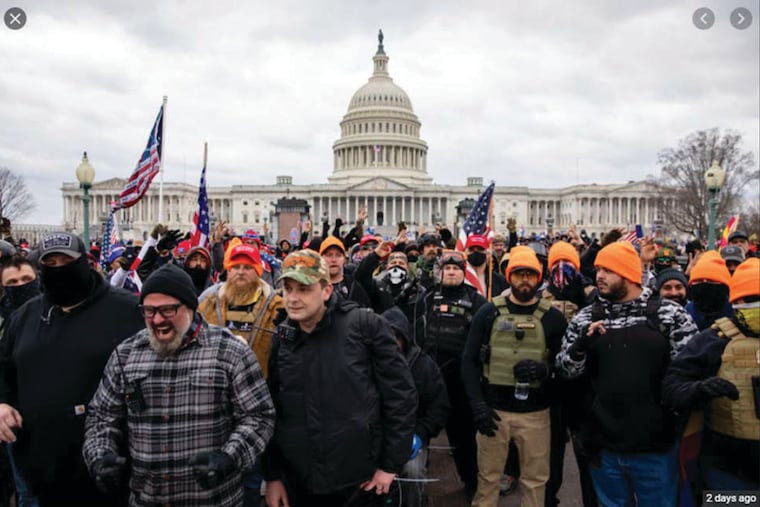Pennsylvania Proud Boys played a big role in Jan. 6 planning: Key takeaways from Capitol riot sedition trial
From early planning via encrypted chats to members on the ground as the mob advanced on the Capitol, government evidence showed Proud Boys from Pennsylvania played an outsized role in Jan. 6.
